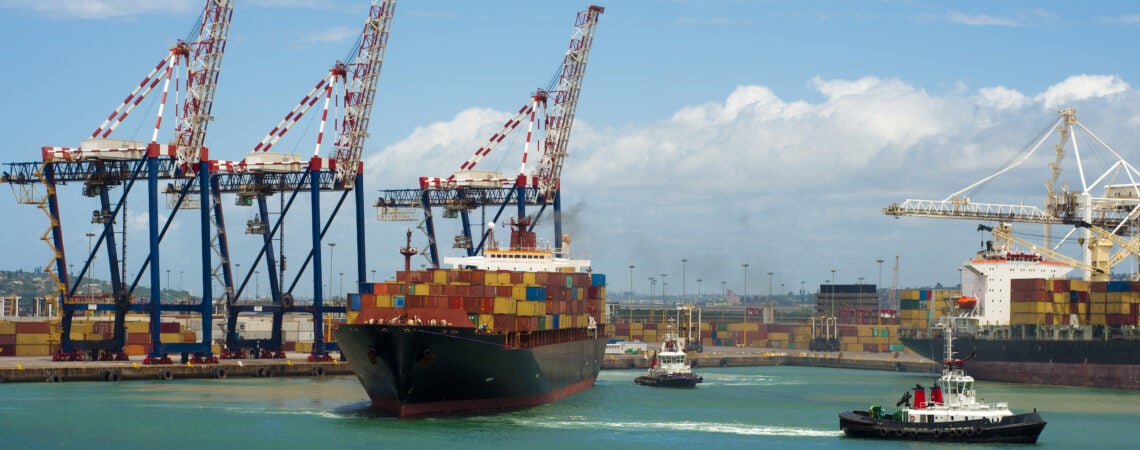However, trading across borders is a notoriously complex process and highly dependent on paper documents, in spite of decades long efforts to digitalize. A cross-border transaction involves multiple actors and on average requires the exchange of 36 documents and 240 copies. Currently, fewer than one percent of trade documents are fully digitized.
The recent pandemic has no doubt accelerated digitalization. However, the lack of adoption of data standards and on how trade data are exchanged, combined with an actual absence of standards, significantly hinder the seamless data flow from one end of the supply chain to the other. This has diminished efficiency gains along supply chains and has weighed heavily on companies, in particular small businesses.
Despite calls for more standardization, the real issue is the lack of alignment and awareness of existing standards. Although many organizations have been actively working on developing trade standards, adoption remains limited in large part due to the complexity and fragmentation of the standards landscape.
This toolkit provides an overview of existing standards to help drive adoption, identify potential gaps and promote interoperability. Its objective is to equip every supply chain participant, both public and private, with some of the most notable and widely used standards to help push trade digitalization to the next level. In doing so, the international trade community will unlock the benefits of cross-border paperless trade by moving to a future of secure, trusted and seamless connectivity between parties in supply chains.
standtoolkit22_eTo read the full report by the International Chamber of Commerce and the World Trade Organization, please click here.

